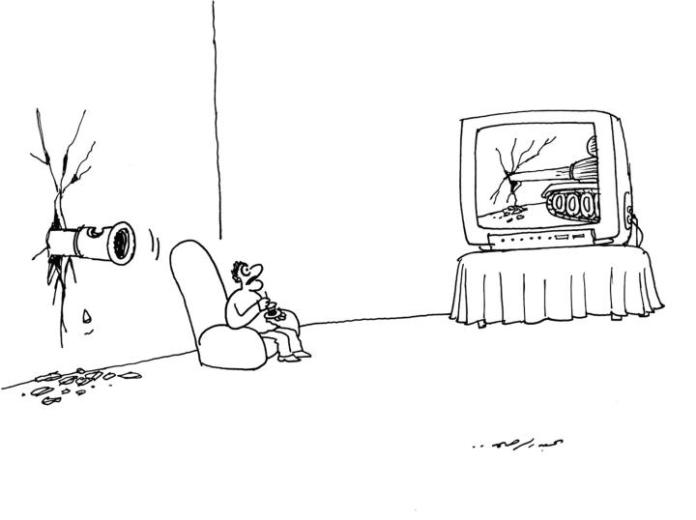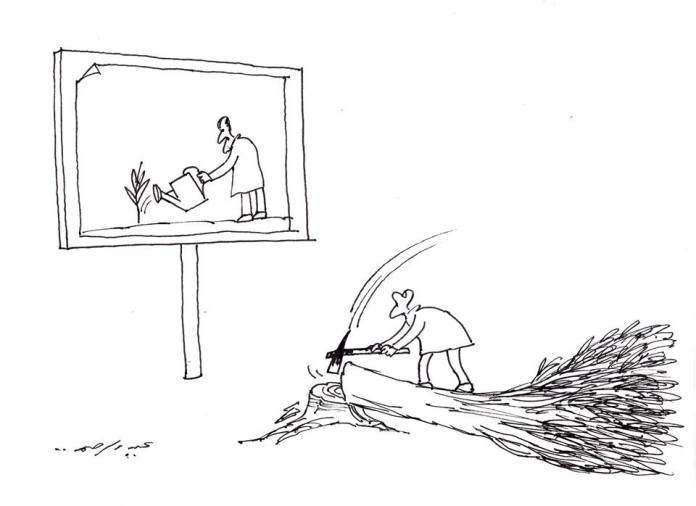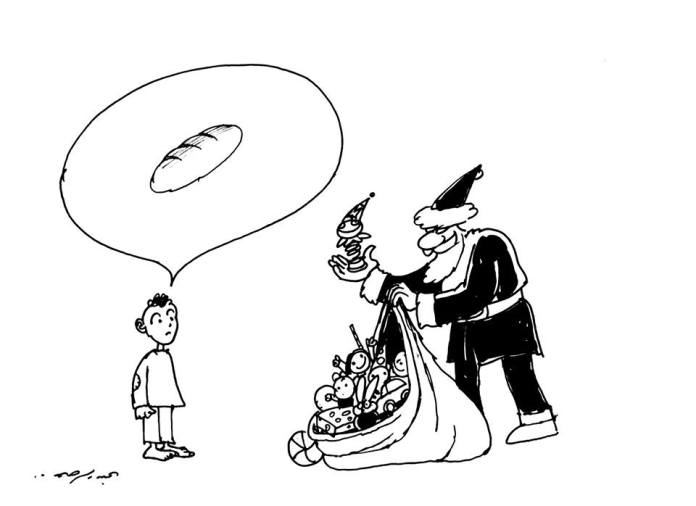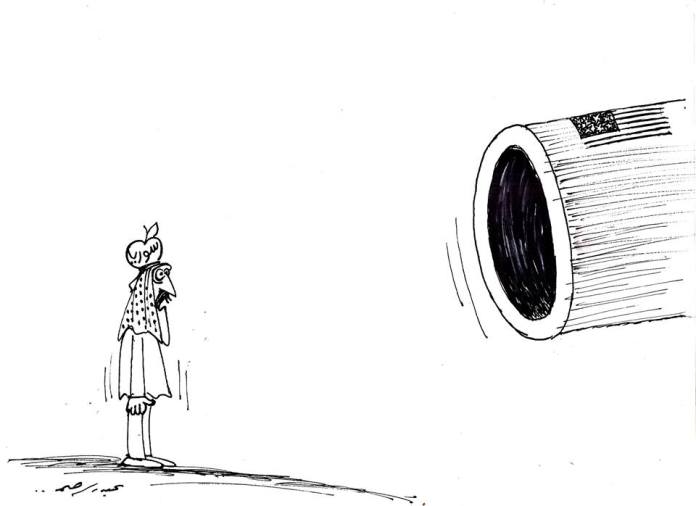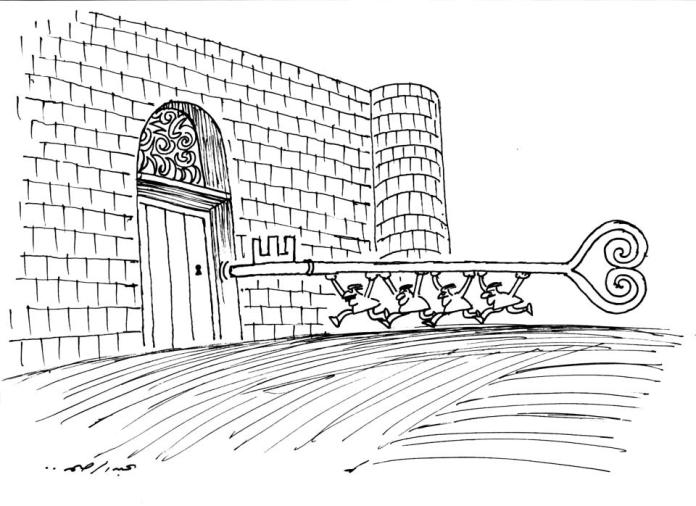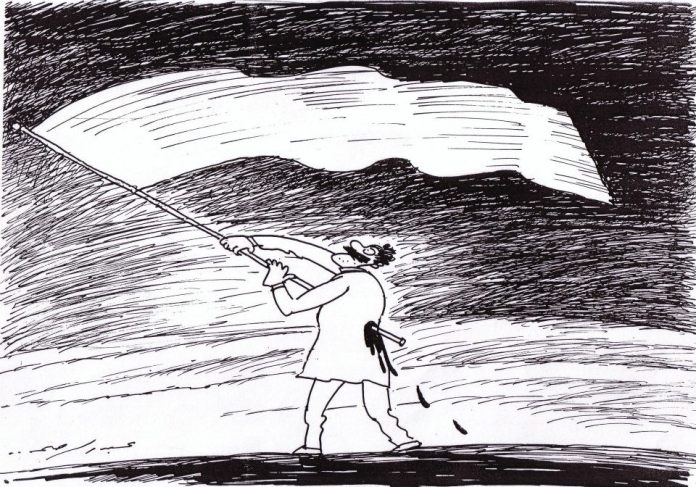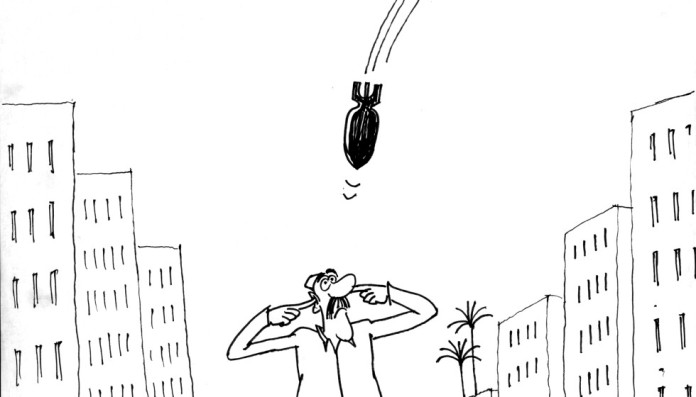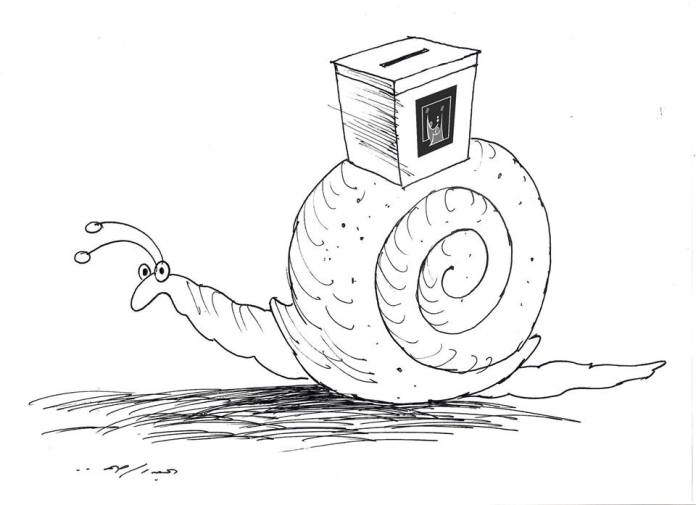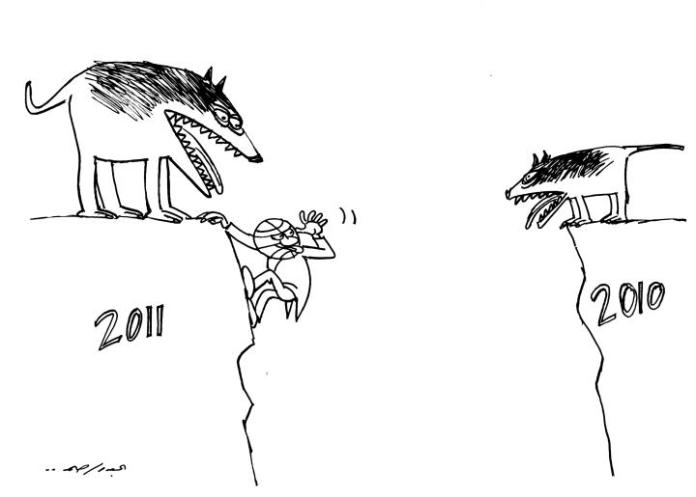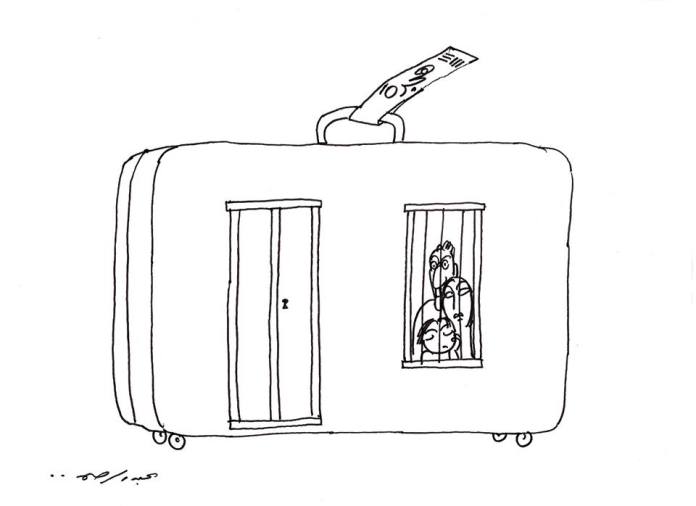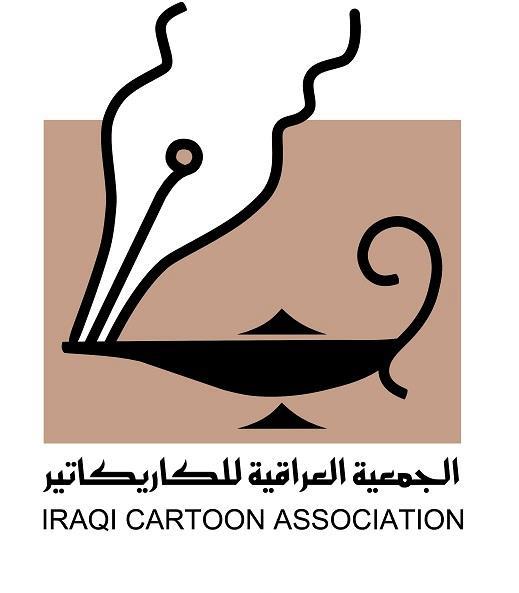 /art by Dia Azzawi/
/art by Dia Azzawi/
Iraq Body Count issued their annual report of civilian deaths in Iraq. 2016 has been another year of relentless violence in Iraq.
This has been most significant this year in the northern city of Mosul and surrounding areas in Ninewa province under the control of Islamic State (IS), where it has carried out thousands of killings and executions. At the same time, the region has been under almost constant bombardment by US-Coalition and Iraqi government forces seeking to oust IS.
The annual total for civilian deaths in Iraq in 2016 was 16,361, which is within a broad range encompassing 2015 (17,578) and 2014 (20,218). These past three years are very much higher than the years 2010-2012, the least violent period since the invasion, when the annual numbers ranged from 4,167 to 4,622, and are also substantially higher than 2013 (9,852) which saw the beginning of the change from the pre-2013 levels to current levels.
Any serious public documentation of civilians killed will aim to record them as named individuals, as part of a record that establishes who was killed, not just how many. A recently-published companion piece to this report lists by name a sample of the individual victims in 2016 for whom further personal information has been made public, including in some cases photographs. This reflects IBC’s long-term goal to more fully humanise the victims of the war, through the forthcoming Iraq Digital Memorial project. IBC’s identified victims list now spans more than 500 pages listing 25 individuals each.
In 2016 (as in 2014 and 15), there were roughly the same number of civilians recorded injured as killed.
 /photo: IBC/
/photo: IBC/
Death by execution continues to account for by far the largest number of civilians killed in 2016 (7,170 killed, including victims of all ages) as it did in both 2014 and 2015.
Death by execution continues to account for by far the largest number of civilians killed in 2016 (7,170 killed, including victims of all ages) as it did in both 2014 and 2015.
2016 also witnessed some particularly shocking events, even by post-invasion standards. An example of that is the most deadly ground-based bombing attack in Baghdad, which was claimed by IS and hit a very crowded market in the central area of Karrada, on the 3rd of July just one day before Muslims’ Eid al-Fitr, killing 324, including women, children and members of entire families, according to the latest reports.
See the full IBC report here.
